The Ogre: The Hulking Monster of Myth and Folklore
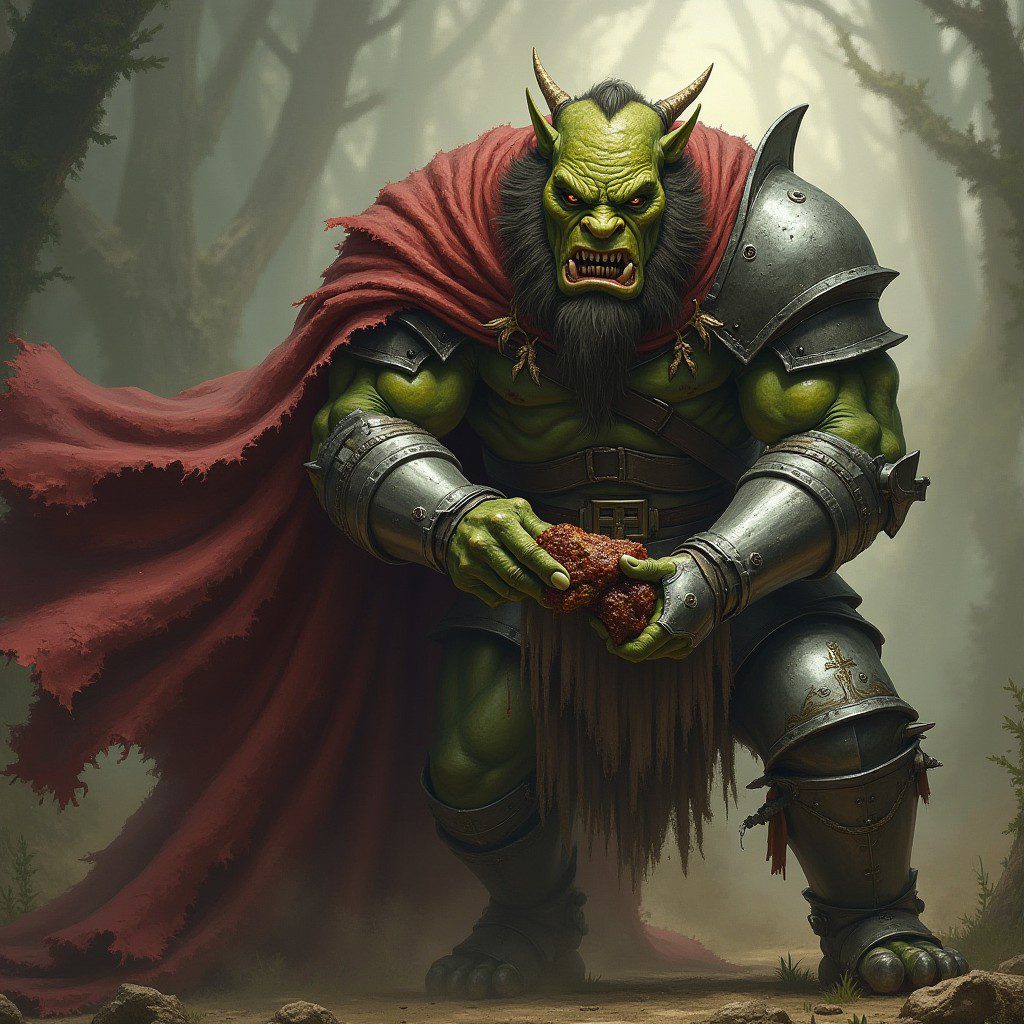
The Ogre has long been one of the most iconic and terrifying creatures in mythology and folklore. Depicted as large, brutish, and often cannibalistic, the Ogre embodies the fear of the monstrous “other”—an oversized, gluttonous being who preys on the weak. Unlike more complex mythical creatures, Ogres are typically defined by their size, strength, and appetite for destruction. Yet, beneath their simple, terrifying exterior, Ogres also represent deeper themes of power, human nature, and societal fears.
Where did the legend of the Ogre originate? And how has this monstrous figure evolved across cultures and modern media? Let’s explore the history and mythology of the Ogre, tracing its journey from ancient folktales to modern pop culture.
Origins: The Ancient Roots of the Ogre in Mythology
The term Ogre is believed to have originated in medieval French folklore, though the concept of a large, brutish man-eating creature has roots in much older myths and legends. The French word “ogre” is thought to derive from the Latin “Orcus,” the name of a Roman god of the underworld who punished souls after death. This connection to the underworld gives the Ogre an association with death and darkness, reinforcing its role as a predator of humans.
However, the Ogre’s mythology stretches far beyond France. Giant-like creatures with a taste for human flesh appear in stories from ancient Greece, Norse mythology, and European folklore. These early versions of the Ogre often appeared as giants or trolls, lumbering creatures who lived in remote places—mountains, caves, or forests—and terrorized nearby villages.
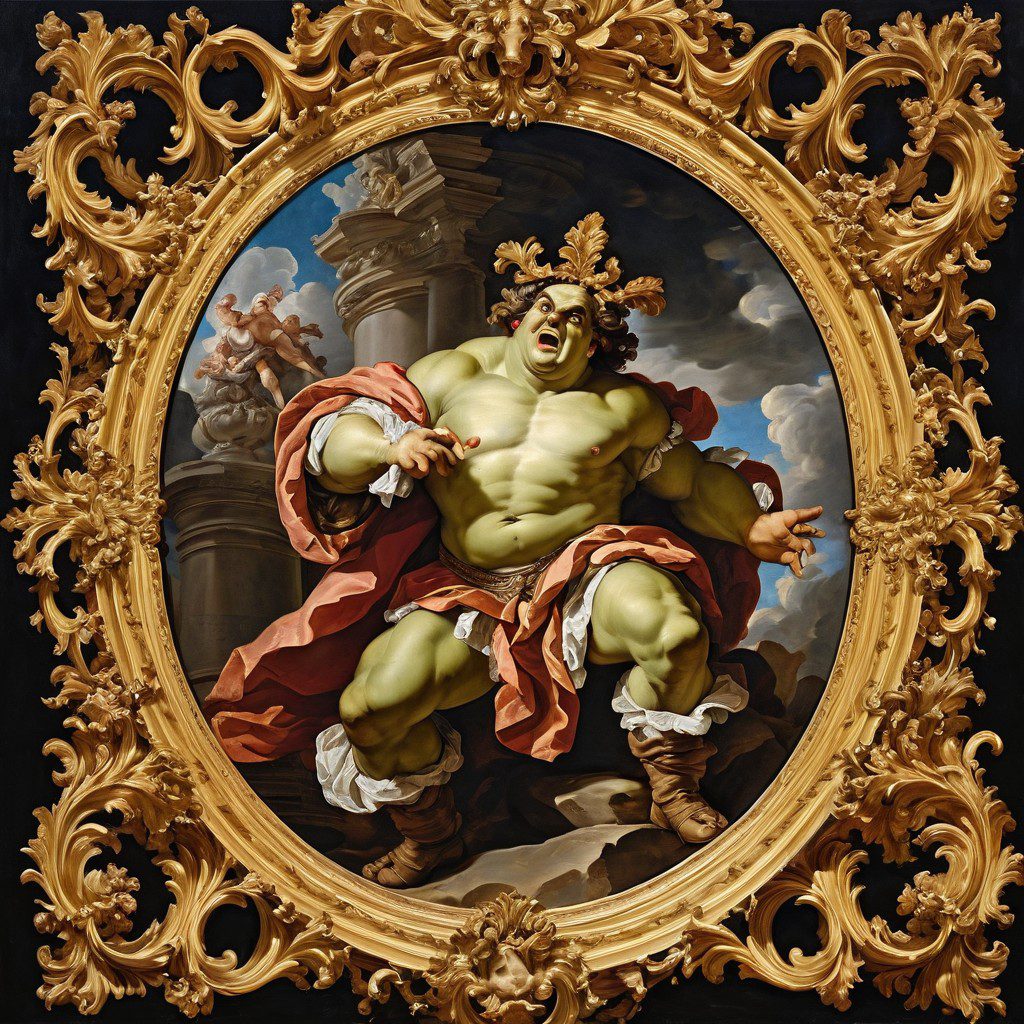
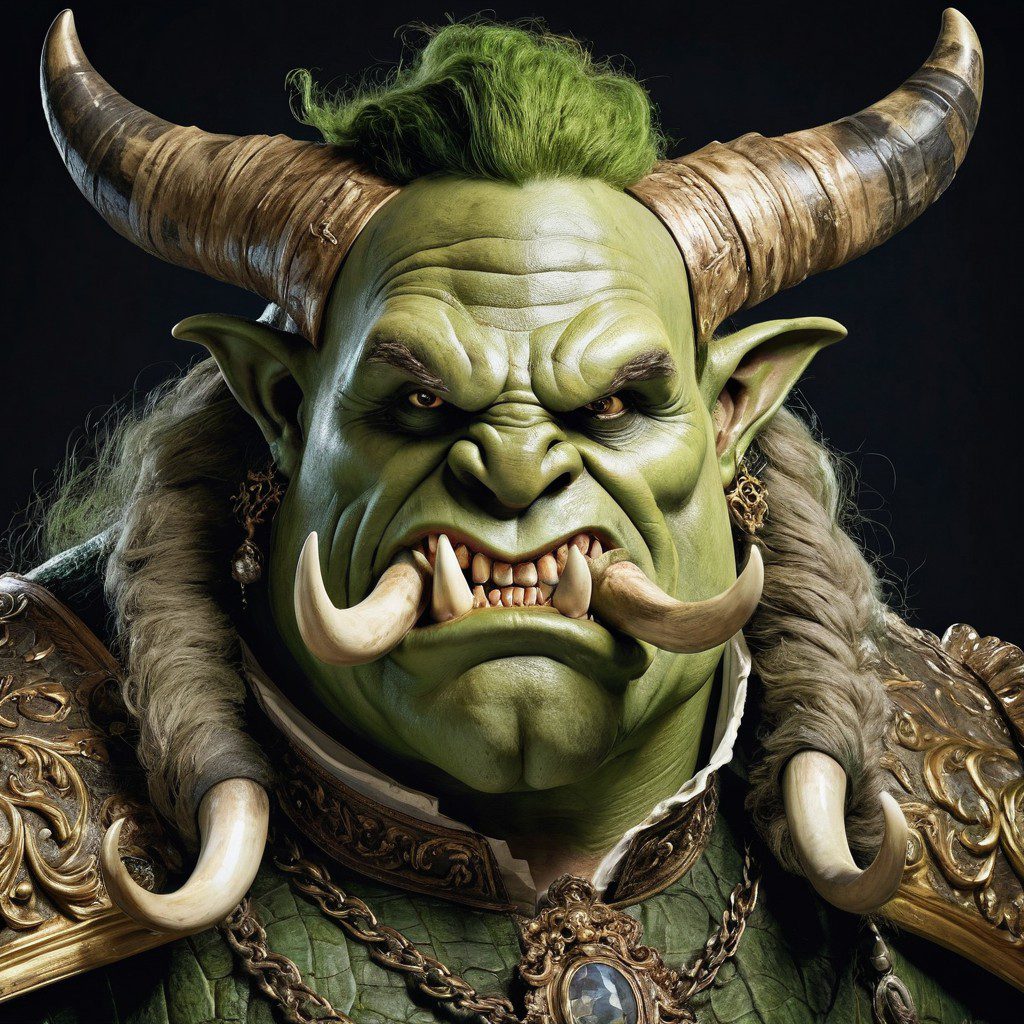
In Greek mythology, the monstrous Cyclops, with its single eye and enormous stature, shares many traits with the Ogre. Polyphemus, the Cyclops encountered by Odysseus in Homer’s Odyssey, is a classic example. He is brutal, cannibalistic, and isolated from society, living in a cave and preying on unfortunate travelers. Polyphemus’ brutal nature, combined with his primal strength, mirrors the later depictions of Ogres in European folklore.
In Norse mythology, the Jötnar or giants are also Ogre-like, depicted as dangerous, hulking beings who often oppose the gods and wreak havoc on the world. Much like the Ogres of later myths, the Jötnar were often portrayed as crude, gluttonous, and destructive, dwelling in desolate, hostile environments.
Across these early traditions, the concept of the Ogre began to take shape: a large, monstrous being, often isolated from society, that posed a direct physical threat to humans, especially children.
The Ogre in European Folklore: A Child-Eating Villain
Ogres became a staple of European folklore during the medieval and Renaissance periods, and their image as child-eating monsters crystallized in the fairy tales of the time. Ogres were often depicted as large, grotesque humanoids with an insatiable hunger for human flesh—especially children.
One of the most famous Ogres in folklore is Bluebeard, from Charles Perrault’s 17th-century fairy tale collection. Although not explicitly described as an Ogre in the original, Bluebeard’s monstrous tendencies—particularly his practice of murdering his wives—led to his association with the creature in later adaptations. Perrault’s stories were instrumental in popularizing the image of the Ogre as a cruel, murderous figure.
Another famous tale featuring Ogres is the classic fairy tale of “Jack and the Beanstalk.” The giant at the top of the beanstalk embodies many of the traits of the Ogre: large, lumbering, and obsessed with gold and devouring humans. His iconic line, “Fee-fi-fo-fum, I smell the blood of an Englishman!” is a direct reference to the Ogre’s role as a man-eater.
In Italian and French folklore, Ogres also appeared frequently. Giambattista Basile’s Pentamerone (1634) features multiple stories involving Ogres, often portraying them as brutish, dim-witted, and easily outwitted by clever heroes or heroines. In these stories, the Ogre often serves as a cautionary figure, representing greed, gluttony, and the dangers of giving in to base desires.
The Symbolism of the Ogre: Gluttony, Savagery, and Fear
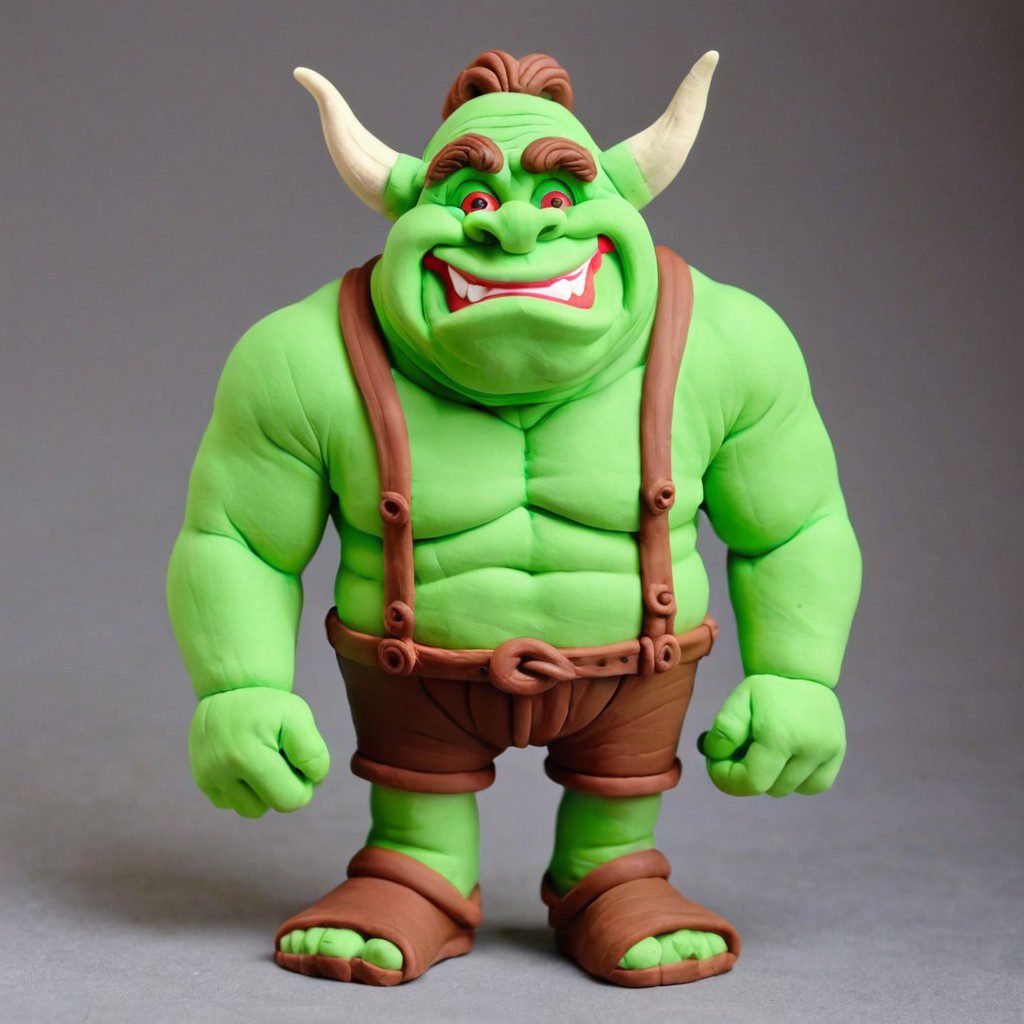
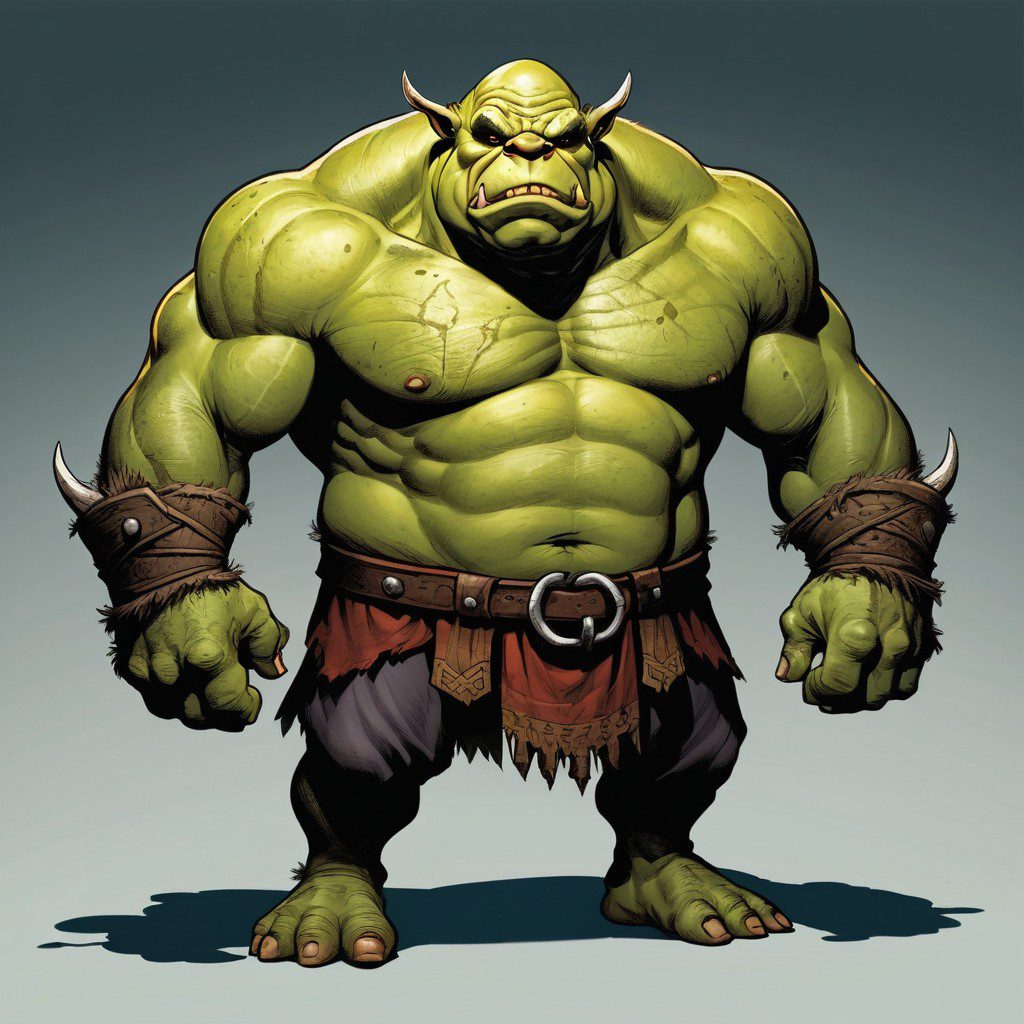
The Ogre’s symbolism is rooted in its monstrous traits—size, strength, and hunger—but also in its connection to deeper human fears. Ogres are often associated with gluttony, as they are portrayed as insatiable eaters who prey on humans, particularly children. This association with gluttony ties Ogres to medieval and Renaissance ideas of sin, where uncontrolled appetites were seen as one of the deadly vices.
In many fairy tales, the Ogre’s primary weakness is its stupidity or savagery. Ogres are frequently outwitted by clever protagonists who use the creature’s greed or dim-wittedness against it. This dynamic reflects the common folktale theme of the underdog—the weak and vulnerable overcoming the powerful through intelligence or cunning.
On a deeper level, Ogres often represent the fear of the outsider or the “other.” Ogres are typically isolated from society, living in forests, mountains, or caves—far from human civilization. Their isolation, monstrous appearance, and unnatural appetites make them symbolic of the fear of the unknown and the uncivilized. In many ways, the Ogre serves as a projection of society’s fears about those who exist outside its norms or boundaries.
In stories that emphasize the Ogre’s cannibalism, the creature becomes a symbol of inhumanity and the breakdown of social and moral order. Cannibalistic Ogres represent the ultimate taboo: the consumption of one’s own kind. This terrifying trait underscores the Ogre’s role as a creature that defies natural and human laws, making it a perfect villain in tales that deal with the breakdown of societal order or the confrontation with primal fears.
The Ogre in Medieval and Renaissance Art and Literature
Ogres were not only popular in oral folktales but also appeared in literature and art during the medieval and Renaissance periods. In medieval illuminated manuscripts and later woodcuts, Ogres were often depicted as grotesque, muscular figures with exaggerated features, reinforcing their monstrous nature.
Gargoyles, grotesque stone carvings that adorned Gothic cathedrals, are often considered a kind of architectural Ogre. These monstrous figures were believed to ward off evil spirits, but their appearance—large, ugly, and fierce—echoes the traditional imagery of Ogres. The blending of human and beastly traits in these figures further highlights the connection between Ogres and the concept of the “other.”
In literature, Ogres appeared in early fairy tales and epics. Geoffrey Chaucer, for instance, mentioned Ogre-like creatures in his Canterbury Tales, emphasizing their role as mythical figures of fear and violence. As stories of Ogres spread, they became associated with various folkloric giants and monstrous beings across Europe.
The Ogre in Modern Fantasy and Pop Culture
Ogres continue to play a prominent role in modern fantasy literature, films, and games, though their depiction has evolved over time. In some cases, Ogres remain classic, brutish villains, while in others, they are given new layers of complexity or even heroism.
One of the most iconic modern portrayals of an Ogre is Shrek, the lovable anti-hero from DreamWorks’ animated film series. Shrek is an unusual twist on the traditional Ogre trope, presenting the creature as misunderstood and sympathetic rather than purely monstrous. In the Shrek films, Shrek lives in isolation, scorned and feared by humans, but he ultimately proves himself to be kind, loyal, and heroic. The film series plays on the traditional image of Ogres as terrifying man-eaters, using humor and heart to subvert the audience’s expectations.
In Dungeons & Dragons and other role-playing games, Ogres are often depicted as fearsome enemies, large and dim-witted but capable of immense destruction. They often serve as cannon fodder for adventurers, embodying the raw power and brute strength that make them dangerous opponents. These Ogres retain many of their classic traits from folklore—large, violent, and somewhat slow-witted—but are adapted to fit modern fantasy worlds.
In J.R.R. Tolkien’s “The Lord of the Rings”, though Ogres do not appear directly, trolls—creatures similar in many ways to Ogres—play a significant role as monstrous forces of evil, serving the dark powers of Sauron. Trolls, like Ogres, are portrayed as enormous, violent creatures who rely on brute strength but lack intelligence.
Ogres also appear in video games, such as “World of Warcraft” and “The Witcher” series, where they are often depicted as large, monstrous creatures with a propensity for violence and destruction. In these games, Ogres typically serve as dangerous enemies that players must defeat, often embodying their traditional role as brutish, greedy beings who prey on the weak.
Strengths and Weaknesses of the Ogre
As creatures of myth and folklore, Ogres are often depicted with a range of abilities and vulnerabilities that make them both formidable and flawed.
Strengths
- Immense Strength: Ogres are typically depicted as incredibly strong, able to crush or overpower their enemies with brute force.
- Size and Durability: Ogres are often much larger than humans, making them difficult to defeat in hand-to-hand combat. Their thick skin or natural toughness often provides additional protection.
- Predatory Nature: Ogres are hunters, using their size and strength to capture and consume prey, often making them terrifying adversaries for humans.
- Intimidation: The sheer size and ferocity of Ogres make them fearsome opponents. In many stories, their monstrous appearance alone is enough to terrify their enemies.
Weaknesses
- Low Intelligence: Ogres are frequently portrayed as dim-witted or easily outsmarted. This weakness is often their downfall in folklore, as clever heroes are able to outmaneuver them.
- Greed and Gluttony: Ogres’ insatiable appetites, particularly for human flesh or treasure, can lead them into traps or make them vulnerable to manipulation.
- Isolation: Ogres are often solitary creatures, living far from society. Their isolation can make them vulnerable to heroes who exploit their lack of social connections or allies.
The Symbolism of the Ogre: Monstrosity, Fear, and Society
Ogres have long symbolized the fear of the monstrous and the threat of the outsider. In folklore, they represent the ultimate threat to human civilization: a creature that is not only larger and stronger than humans but also more primal and dangerous. The Ogre’s gluttony and cannibalism tap into deep fears of lawlessness, savagery, and the breakdown of social order.
At the same time, modern portrayals of Ogres—such as Shrek—have reimagined the creature as a misunderstood outsider, offering a more sympathetic take on the idea of difference and otherness. In these portrayals, the Ogre becomes a symbol of the misjudged or outcast, challenging the traditional notion of the monster as purely evil.
The Ogre Today: A Timeless Monster
From its origins in ancient myth to its role as a fairy tale villain, the Ogre has endured as a symbol of raw power, fear, and isolation. Whether portrayed as a fearsome cannibal or a misunderstood anti-hero, the Ogre remains one of mythology’s most recognizable figures, representing both the dangers and the complexities of the monstrous.
In modern media, Ogres continue to inspire stories about the balance between strength and intelligence, savagery and civilization, reminding us that even the most terrifying creatures often have a deeper significance.
What do you think about Ogres in modern storytelling? Do you prefer them as villains or misunderstood heroes like Shrek? Let’s discuss in the comments!
